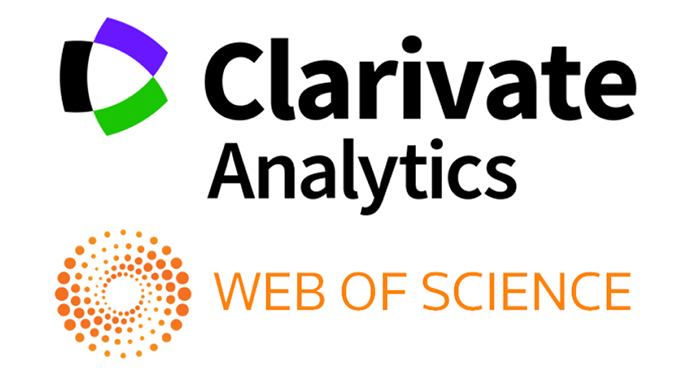UZBEK LITERATURE'S ROLE IN SHAPING TEENAGERS' MORAL AND SPIRITUAL WORLDVIEWS
Abstract
This study examines the role of Uzbek literature in shaping the moral and spiritual worldviews of teenagers, focusing on the impact of various genres on adolescents aged 13-18. While previous research has explored the influence of reading on moral development, a gap remains in understanding how specific types of Uzbek literature contribute to spiritual and ethical growth, particularly within diverse cultural contexts. To address this, a mixed-methods approach was employed, combining quantitative analysis of survey data from 100 participants with qualitative insights from in-depth interviews with 15 teenagers. The findings reveal that religious texts are strongly associated with the reinforcement of spiritual beliefs, while fiction literature significantly contributes to the development of empathy and ethical reasoning. Non-fiction, particularly biographies, plays a moderate role in fostering critical thinking
References
Good, M., & Willoughby, T. (2008). Adolescence as a sensitive period for spiritual development. Child Development Perspectives, 2, 32-37. https://doi.org/10.1111/J.1750-8606.2008.00038.X
Oltibayevna, Q.A. (2024). ETHNO-PEDAGOGICAL BASIS OF FORMATION OF SPIRITUAL AND MORAL OUTLOOK OF TEENAGE GIRLS. American Journal Of Social Sciences And Humanity Research. https://doi.org/10.37547/ajsshr/volume04issue04-20
Ebstyne King, P., Clardy, C.E., & Ramos, J.S. (2014). Adolescent Spiritual Exemplars. Journal of Adolescent Research, 29, 186 - 212. https://doi.org/10.1177/0743558413502534
Benson, P.L., Roehlkepartain, E.C., & Rude, S.P. (2003). Spiritual Development in Childhood and Adolescence: Toward a Field of Inquiry. Applied Developmental Science, 7, 205 - 213. https://doi.org/10.1207/S1532480XADS0703_12
Das S. K., "Literature as a Moral Tool for Youth: A Select Study of Canonical Texts," Handbook of Youth Development, Springer, Singapore, 2023. doi: 10.1007/978-981-99-4969-4_3.
Brito E. S., T. H. Schoen, M. R. F. Marteleto, and N. R. F. de Oliveira-Monteiro, "Psychosocial Development Research in Adolescence: a Scoping Review," Trends in Psychology, vol. 28, no. 2, pp. 567-586, 2020. doi: 10.1007/s40894-02000199-y. A. Crocetti, R. Erentaitė, and R. Žukauskienė, "Identity Styles, Positive Youth Development, and Civic Engagement in Adolescence," Journal of Youth and Adolescence, vol. 43, no. 11, pp. 1818-1828, 2014. doi: 10.1007/s10964-014-0100-4.
Gilby, T. (Trans.). (1967). St. Thomas Aquinas: Philosophical texts. New York: Oxford University Press.
Goldman, R. (1964). Religious thinking from childhood to adolescence. London: Routledge Kegan & Paul.
Hanh, T. N. (l995). The heart of understanding: Commentaries on the Prajnaparamita Heart Sutra. Berkeley, CA: Parallax Press.
Hart, T. (2000). Deep empathy. In T. Hart, P. L. Nelson, & K. Puhakka (Eds.), Transpersonal knowing: Exploring the horizon of consciousness (pp. 253-270). Albany: State University of New York Press.
Hart, T. (2003). The secret spiritual world of children. Makawao, HI: Inner Ocean.
Jung, C. G. (1965). Memories, dreams, reflections. New York: Vintage Books. 13. Keller, E. F. (1983). A feeling for the organism: The life and work of Barbara McClintock. New York: Freeman.
Copyright (c) 2024 News of the NUUz

This work is licensed under a Creative Commons Attribution-NonCommercial-ShareAlike 4.0 International License.


.jpg)

1.png)







